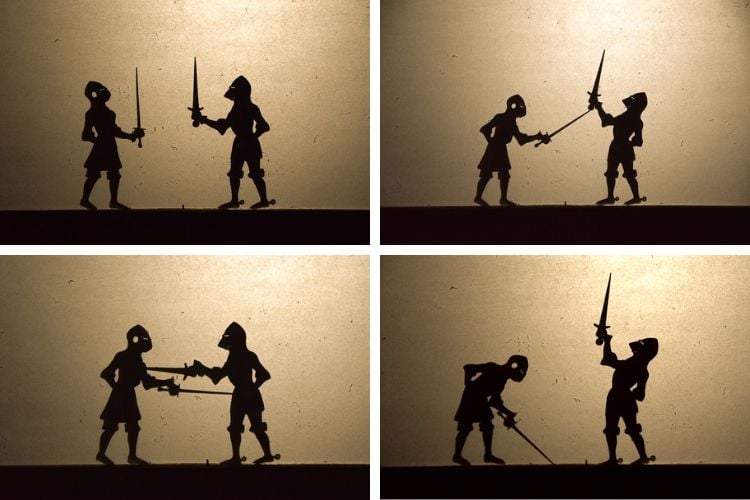Step the Fourth: Crystallize Themes, Central Features, Inhabitants, Brief History
Going into this project, I had a couple inspirational themes/central features:
- The
dungeon was of dwarven origin. I'm not sure why, but dwarven styled
dungeons seem underrepresented in the OSR - at least, I don't know of
any prominent OSR adventures that take place in such.
- I
want to play around with a style of "architectural puzzle" ala classic
Zelda dungeons. This means these puzzles are in good working condition,
and fits in well with the dwarven architecture trope. So the dungeon
probably hasn't seen much ruination since its construction. It's pretty
rare we get to explore non-ruined
locations in OSR adventures. I enjoy the Mythic Underworld concept, but
I have difficulty suspending disbelief especially if I'm responsible
for actually building that underworld. More on that later, perhaps.
I want this to be a versatile module, which led to a couple more features:
- It
could be the first level of a larger dungeon, so it needs a connection
down. But it also needs to stand on its own, so maybe that connection is
sealed. But it can still be opened - the GM just decides what exactly
is behind that seal. A kind of Quantum Prize.
- I really want to see more in-built scalability of difficulty, and hence suitability for a wider range of character levels. So the dungeon in its "default" state should be on the order of other good examples of 1st-2nd level dungeons, and have good support for increasing difficulty.
Two further central features were inspired by the generated map itself:
- I
noticed the biggest rooms were all the same size and shape. This is
obviously a quirk of the algorithm, but it did give me the idea that it
is intended, and perhaps they were all of a similar purpose. These
turned into "monument rooms", a large statue of a dwarf in the center,
holding a valuable item, the room trapped in some way to protect it. There were 7 of these, which is an odd number... maybe there's a secret 8th in a differently shaped room?
Importing the map to Mipui, some of the Donjon-generated detail is lost, including which doors were locked and trapped, but interestingly it did transfer portcullises. I think dungeons could use more "windows" - ways to see ahead which could give hints at the dungeon's layout and "objectives" without allowing easy passage. So I decided to make most of these unopenable, at least from the side you're likely to reach first.
 |
| Preview of the next map-focused installment |
Extrapolating from these themes
So the fact that the dungeon hasn't seen ruination also likely means it
hasn't been inhabited by intelligent individuals since... what? What
happened to the dwarves? I guess they're dead. Undead? Perhaps protect what they sealed below with their un-life? Ok, so some light ruination.
What
if the items the statues hold in these monument rooms need to be
collected in order to unseal it? That's 8 items. Kind of a lot. So maybe
they aren't super challenging to acquire, but have a good variety of
types of challenge. And the dwarves aren't a constant danger.
But
what else is in there to give the party a challenge? They must be the
first ones to open up this dungeon since it was sealed off. So let's
style the majority of the wandering and inhabiting monsters after
unintelligent dungeon dwellers; things that would fit through a tight,
undiscovered entrance and have gone about their merry lives in darkness
for decades. Normal rats and bats, spiders, oozes. And I really want to
throw in some monsters from BX I think are underutilized: Cave Locusts,
and Giant Geckos. And... Cats!
But we really need some kind of
intelligent faction to interact with. And that was a perfect match for
scalable difficulty. I'll include a number of factions that could begin
inhabiting the dungeon after the party arrives. Challengers to
the party's quest, and a first wave of more general dungeon inhabitants
moving in. The GM can pick and choose between these to add spice and
challenge.
So a rough history and outline comes together:
- A small dwarf clan, maybe its head their 8 children, strike out on their own to create this stronghold
- They Dig Too Deep, decide to seal away What Lies Below via these Macguffins, become undead in the process
- The
hold lies fallow until its entrance was rediscovered, the party
arrives, and then a variable amount of challengers hot on their heels
So in a way, this module might examine the birth of a more typical Dungeon. I'm not sure how hard I'll lean into that concept, but it's there in some respect.
In reality, a lot of this took place in the back of my mind while working on various other bits of the adventure. I was going to start looking at further map changes in this post, but I really want to give that a lot of attention, so I think I'll cut this one off here.




